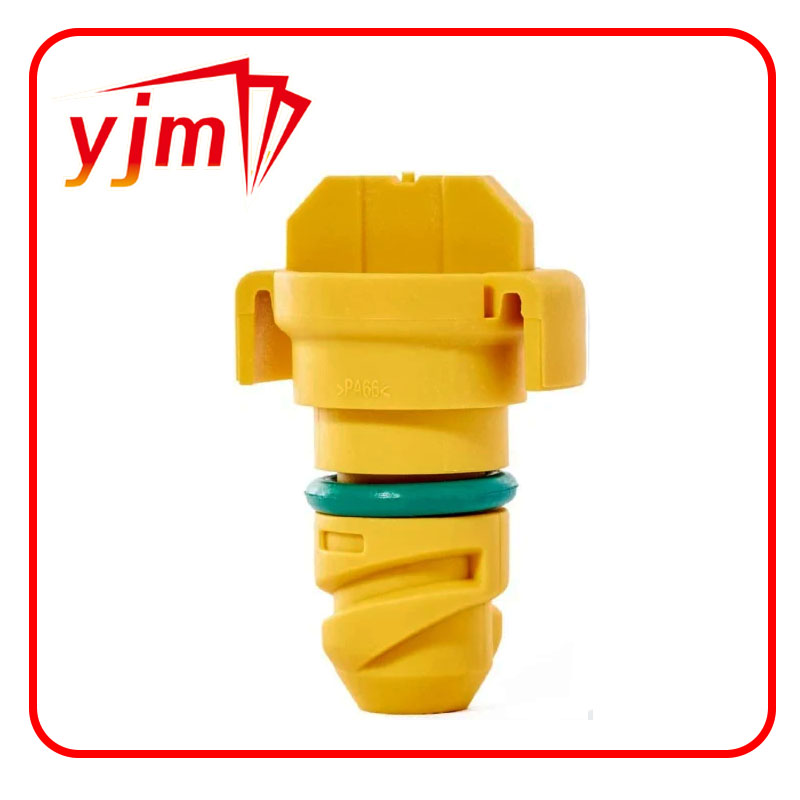Understanding the Functionality and Importance of Washer Plug Drains in Home Plumbing Systems
Understanding Washer Plug Drains A Comprehensive Guide
The washer plug drain is an essential component in various plumbing systems, particularly in laundry rooms and kitchens where washing machines are frequently used. This specific type of drain helps in managing excess water flow, preventing clogs, and ensuring smooth drainage, thereby safeguarding your home from potential water damage. In this article, we will explore the functions, installation, maintenance, and common issues related to washer plug drains.
What is a Washer Plug Drain?
A washer plug drain generally consists of a drain pipe with a removable plug or cap that can be opened or closed to control the flow of water. It is specifically designed to handle wastewater from washing machines. The washer plug drain is typically located near the washing machine, ensuring that any water discharged during the washing cycle is directed away efficiently.
Functions of a Washer Plug Drain
1. Water Management The primary function of the washer plug drain is to manage water discharged during the washing process. This prevents flooding and ensures that wastewater is properly funneled away from your home.
2. Preventing Backflow A well-installed washer plug drain can prevent backflow, which occurs when wastewater flows back into the machine or appliances. This is particularly crucial for maintaining hygiene and preventing water contamination.
3. Easy Access for Maintenance The design of the washer plug drain allows for easy access in case of blockages. By removing the plug, homeowners can quickly address any issues without having to dismantle the entire plumbing system.
Installation of a Washer Plug Drain
Installing a washer plug drain requires careful planning and understanding of your plumbing system. Here are the basic steps involved
1. Choose the Location The drain should be located close to the washing machine for optimal performance. Ensure that there is proper elevation to allow for gravity drainage.
2. Measure and Cut the Pipe Measure the distance from the washing machine outlet to the drain location. Use appropriate tools to cut the drain pipe to the necessary length.
3. Connect the Drain Pipe Securely connect the drain pipe to both the washing machine and the drain. Ensure that all connections are tight to prevent leaks.
washer plug drain

4. Install the Plug Finally, install the plug or cap that provides access to the drain for cleaning and maintenance.
Maintenance of Washer Plug Drains
Regular maintenance is crucial for the longevity and efficiency of washer plug drains. Here are some essential tips
1. Inspect Regularly Periodic inspections can help identify any potential blockages or leaks. Look for signs of dampness or water pooling around the drain area.
2. Clean the Drain Remove the plug and clean the drain regularly to prevent build-up of lint, soap residues, and other debris.
3. Address Problems Promptly If you notice slow drainage or unusual odors, address these issues quickly to prevent more significant problems down the line.
Common Issues with Washer Plug Drains
1. Clogs One of the most common issues is clogging due to lint and debris. Regular cleaning can help mitigate this problem.
2. Leaking Leaks can occur at the connections if they are not properly sealed. Ensure all fittings are tight and consider using plumbing tape for added security.
3. Backflow Though rare, backflow can occur if there are issues with the plumbing system’s slope or if there are blockages further down the line.
Conclusion
The washer plug drain is an invaluable asset for maintaining effective water drainage in homes equipped with washing machines. Understanding its function, installation process, and proper maintenance practices can help homeowners avoid common plumbing issues and ensure a smooth and efficient washing experience. Regularly tending to this essential drain will contribute to the overall health of your home’s plumbing system and save you from costly repairs in the future.
-
Understanding the Importance of the Crankshaft Oil Seal in Engine Performance
News Jun.16,2025
-
The Unsung Heroes of Engine Protection: Understanding Automotive Shaft Seals and Oil Seals
News Jun.16,2025
-
Keeping the Engine Tight: The Role of Crankshaft Seals and Gaskets in Oil Control
News Jun.16,2025
-
Complete Protection in Harsh Conditions: A Deep Dive into Cassette Seals
News Jun.16,2025
-
Choosing the Right Oil Seal: A Guide to Trusted Brands and Suppliers
News Jun.16,2025
-
Advanced Sealing Technologies: Exploring the Range of Modern Oil Seals
News Jun.16,2025
-
Your Essential Guide to Car Repair Kits: From Rust to Dings
News Jun.13,2025
Products categories















